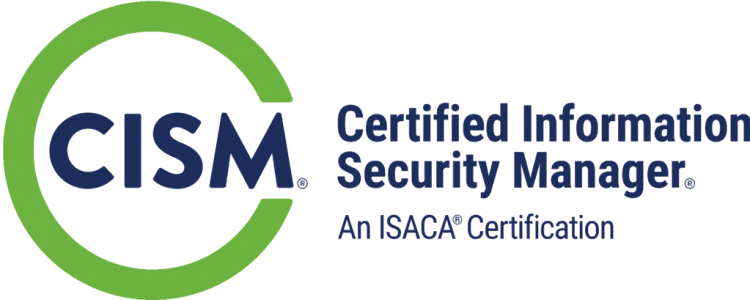Course Overview:
This FastTrack course combines combines two VMware courses (VMware Cloud Essentials and vCloud Architecting the VMware Cloud) into a single week course that adds extra exercises and labs to exemplify the techniques presented. The course begins with how to adopt, operate, and govern the cloud. The course enables participants to successfully complete the associated CompTIA Cloud Essentials™ Exam to become a Cloud Essentials™ Professional(CEP). This course also covers the subject matter specified by the VCP-Cloud certification.
This course is designed to guide students through the decision points and policy choices available for designing and implementing a VMware vCloud environment. Detailed labs and exercises for VMware vSphere™, VMware vCloud Director, VMware vCenter™ Chargeback, and the VMware® vShield Edge capability that is included with vCloud Director. A comprehensive VMware cloud design is demonstrated and discussed.
Attendees to VM-335: VMware Cloud Essentials and vCloud – Architecting the VMware Cloud FastTrack will receive TechNow approved course materials and expert instruction.
Date/Locations:
Course Duration: 5 days
Course Objectives:
- Understand the common terms and definitions of cloud computing.
- Understand the business benefits and business considerations of cloud computing.
- Understand cloud computing from a technical perspective and recognize the various techniques, methods, challenges, and types of clouds.
- Understand the impact and changes of cloud computing on IT service management.
- Explain typical steps that lead to the successful adoption of cloud computing and understand the implications for organizations.
- Recognize the compliance, risk, and regulatory consequences of cloud computing and its financial and strategic impact on an organization.
- Evaluate and design a multitenant environment to address both private cloud and public cloud customer needs.
- Configure vCloud providers that can accommodate heterogeneous server, storage, and network resources
- Design a network infrastructure optimized for vCloud.
- Integrate vCloud Director security with existing LDAP systems and design appropriate security hierarchies with security rolesnderstand the common terms and definitions of cloud computing.
- Understand the business benefits and business considerations of cloud computing.
- Understand cloud computing from a technical perspective and recognize the various techniques, methods, challenges, and types of clouds.
- Understand the impact and changes of cloud computing on IT service management.
- Explain typical steps that lead to the successful adoption of cloud computing and understand the implications for organizations.
- Recognize the compliance, risk, and regulatory consequences of cloud computing and its financial and strategic impact on an organization.
- Evaluate and design a multitenant environment to address both private cloud and public cloud customer needs.
- Configure vCloud providers that can accommodate heterogeneous server, storage, and network resources.
- Design a network infrastructure optimized for vCloud.
- Integrate vCloud Director security with existing LDAP systems and design appropriate security hierarchies with security roles.
- Design a vCenter Chargeback implementation.
Course Prerequisites:
- VM-315 or equivalent experience.
- Managing or administering at least one of UNIX, Windows, databases, networking, or security.
Comments
Latest comments from students
Liked the class? Then let everyone know!

